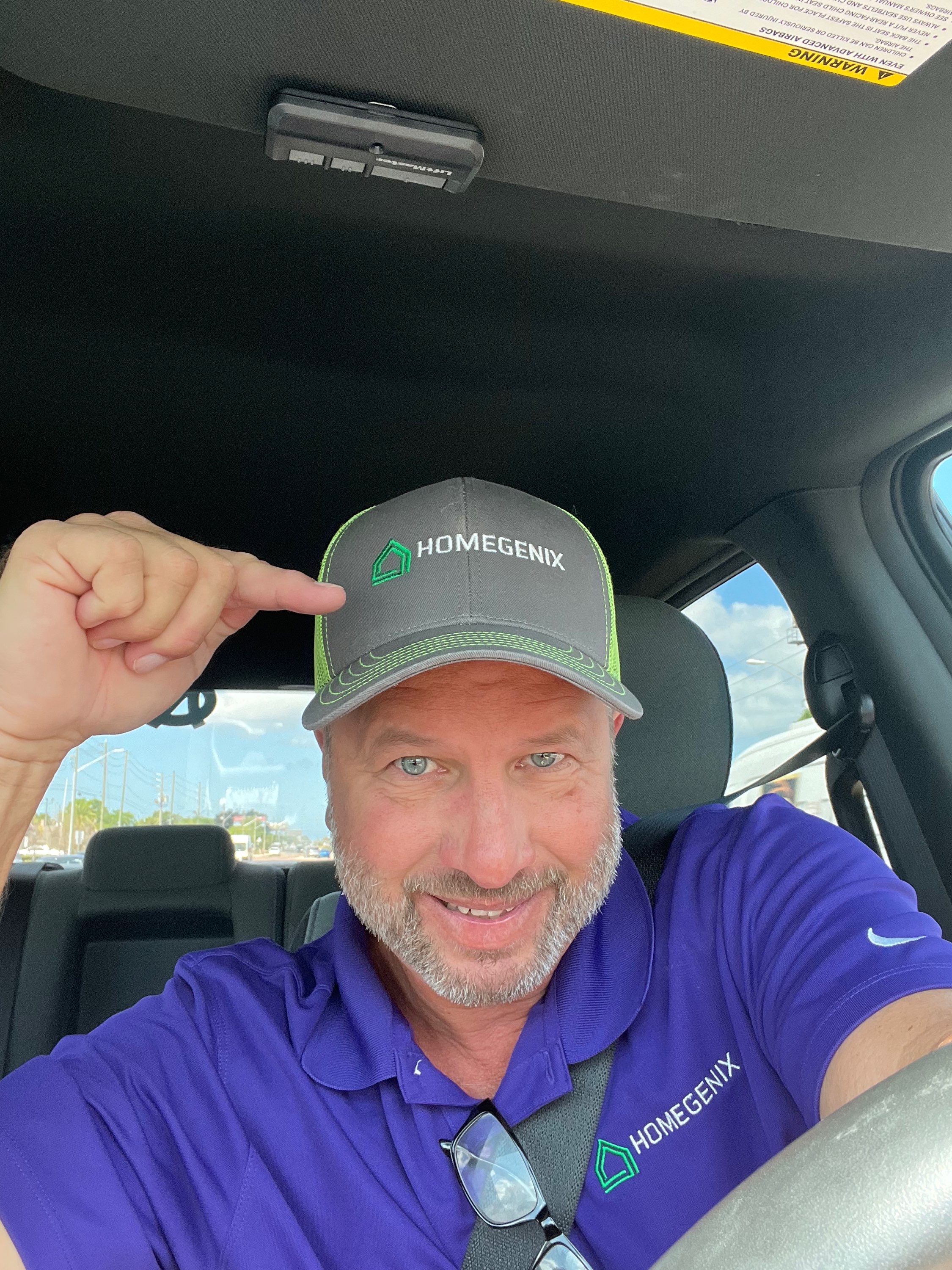Top 5 Roof Issues Home Inspectors Uncover During Inspections
- David Lee
- Nov 20
- 3 min read
A roof protects your home from weather, keeps you safe, and adds to your property’s value. When a home inspector examines a house, the roof is one of the most critical areas they check. Many homeowners don’t realize how many hidden problems can exist above their heads until an inspection reveals them. Knowing the common roof issues that inspectors find can help you maintain your roof better and avoid costly repairs.

Missing or Damaged Shingles
One of the most frequent problems home inspectors find is missing or damaged shingles. Shingles protect the roof deck from water and weather damage. Over time, shingles can crack, curl, or fall off due to age, wind, hail, or poor installation. Missing shingles leave the roof vulnerable to leaks and water damage.
For example, a home built 15 years ago with original shingles may have many curling edges or granule loss. These signs indicate the shingles are nearing the end of their life. If an inspector spots this, they often recommend replacement to prevent leaks.
Poor Flashing and Sealant Work
Flashing is the metal or material installed around roof penetrations like chimneys, vents, and skylights. It directs water away from these vulnerable spots. Inspectors often find flashing that is loose, rusted, or improperly installed. This can cause water to seep under the roof covering and damage the structure.
Sealants around flashing can also crack or peel over time. Even small gaps can allow water to enter. For instance, an inspector might find cracked sealant around a chimney flashing that lets water drip into the attic. Fixing flashing and resealing these areas is essential to keep the roof watertight.
Roof Ventilation Problems
Proper ventilation helps regulate temperature and moisture in the attic. Without it, heat and humidity build up, causing damage to shingles and wood framing. Inspectors frequently find roofs with inadequate or blocked vents.
For example, a home with soffit vents blocked by insulation or attic vents clogged with debris will trap moisture. This can lead to mold growth, wood rot, and premature shingle failure. Inspectors recommend improving ventilation by clearing vents or adding new ones to extend roof life.
Signs of Water Damage or Leaks
Water damage is a serious issue that home inspectors look for on roofs and inside attics. Stains, mold, or damp insulation indicate leaks. These problems often start small but can cause major structural damage if ignored.
An inspector might find dark water stains on the underside of roof decking or wet insulation near a vent pipe. These signs mean water has penetrated the roof covering. Early detection allows homeowners to repair leaks before they cause costly damage to ceilings, walls, or electrical systems.
Structural Issues and Sagging Roof Deck
Sometimes, inspectors discover structural problems like sagging or uneven roof decks. This can result from water damage, poor construction, or heavy snow loads. A sagging roof is a red flag that the roof’s support system may be compromised.
For example, an inspector may notice a dip in the roofline or soft spots when walking on the roof deck. These issues require immediate attention to prevent collapse or further damage. Reinforcing or replacing damaged framing is often necessary.
Knowing these common roof issues helps homeowners understand what to expect during an inspection. Regular maintenance and timely repairs can extend your roof’s life and protect your home’s value. If you’re buying a home, pay close attention to the roof inspection report. If you already own your home, schedule periodic roof checks to catch problems early.








Comments